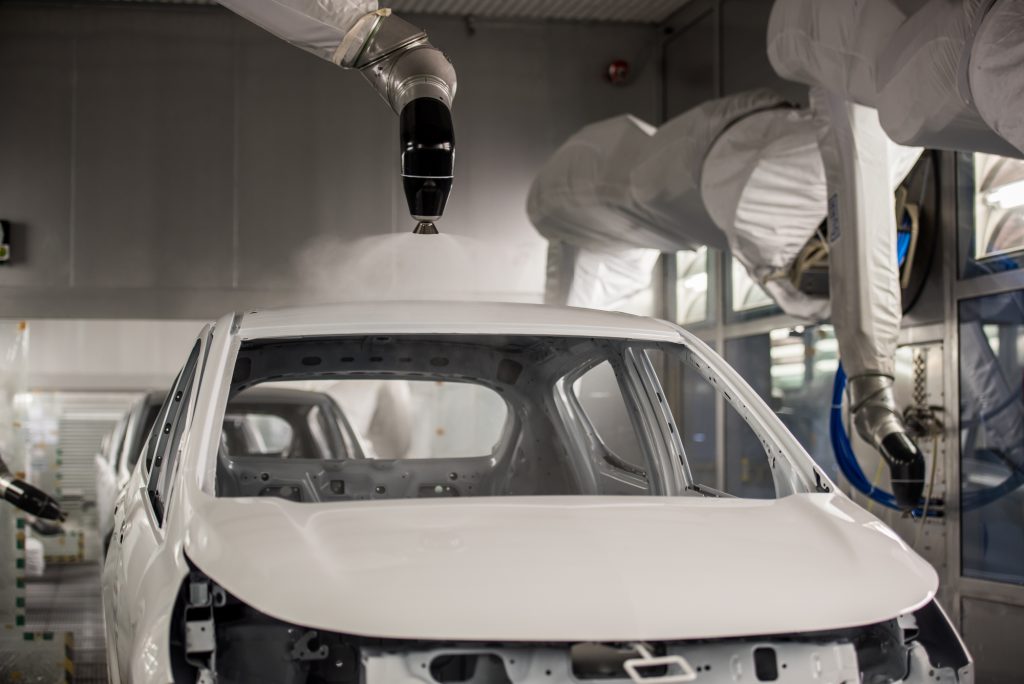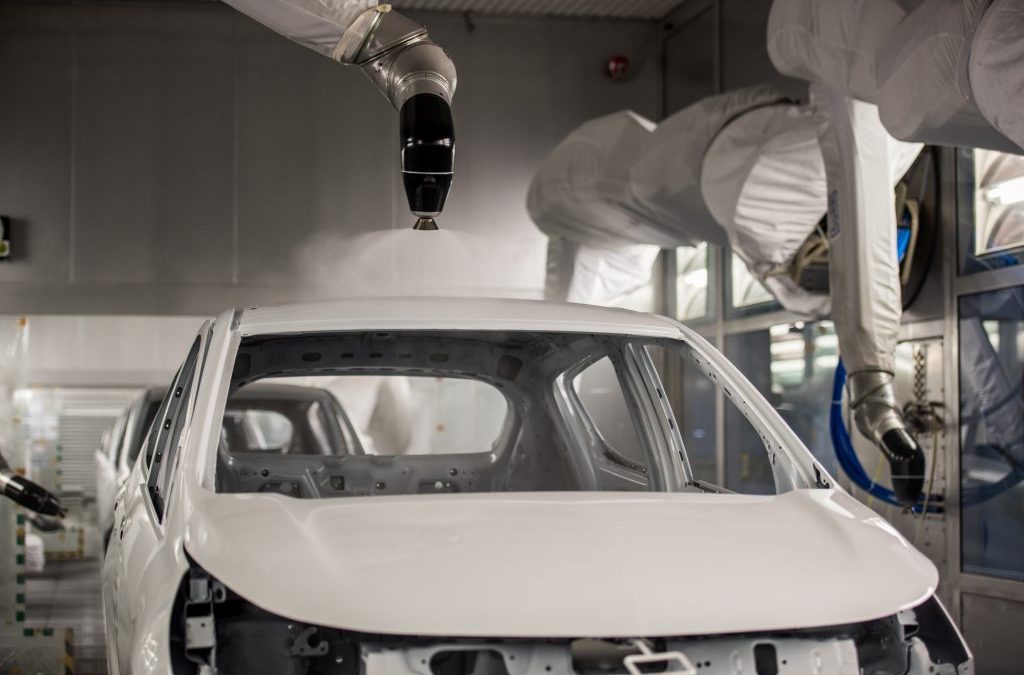In the realm of car paint inspection, technological advancements are reshaping how quality assurance is maintained. At the forefront of this evolution are Artificial Intelligence (AI) and stroboscopy, which promise to revolutionize the industry. As professionals in the automotive industry, understanding these developments is crucial, not just for keeping up with the competition but for setting new standards in quality and efficiency.

AI: The Game-Changer in Car Paint Inspection
Introduction to AI in Quality Assurance
AI is finding its way into various sectors, and the car paint inspection industry is no exception. Its capabilities in pattern recognition, anomaly detection, and data processing make it a perfect fit for ensuring top-notch paint jobs.
How AI Works in Paint Inspection
AI utilizes machine learning algorithms to analyze data from various sensors and cameras. By doing so, it can detect imperfections that are often invisible to the human eye, such as micro-scratches, uneven coating, and paint bubbles.
Advantages of Implementing AI
Integrating AI into the inspection process offers several benefits, including increased accuracy, faster inspections, and reduced human error. AI systems can operate continuously without fatigue, ensuring a consistent level of quality throughout.
The Role of Stroboscopy in Car Paint Inspection
Understanding Stroboscopy
Stroboscopy involves using flashing lights at high frequencies to capture images of moving objects. In car paint inspection, this technology helps in identifying defects that occur during the paint application process, such as streaks or drips.
Effectiveness of Stroboscopic Inspection
The high-speed imaging capability of stroboscopy allows for real-time analysis. This means defects can be identified and corrected on the spot, reducing the incidence of defective products reaching the market.
Combining AI and Stroboscopy
When used together, AI and stroboscopy create a formidable inspection system. While stroboscopy captures detailed images, AI analyzes these images to pinpoint issues with remarkable accuracy. This synergy enhances the reliability and efficiency of the inspection process.
Industry Applications and Benefits
Automotive Manufacturing
In the automotive industry, integrating AI and stroboscopy within the production line ensures that every vehicle meets high quality standards. This reduces the risk of recalls and enhances customer satisfaction.
Aftermarket Services
For aftermarket services, these technologies simplify the inspection process, making it quicker and more accurate. This is particularly beneficial for businesses offering paint jobs and bodywork repairs.
Environmental Impact
The meticulous inspection process enabled by AI and stroboscopy reduces paint wastage and minimizes rework, leading to a more sustainable production environment.
Challenges and Future Prospects
Initial Investment Costs
One of the primary challenges in adopting these technologies is the initial investment required. High-quality stroboscopic equipment and AI systems can be costly, but the long-term benefits often justify the expenditure.
Training and Skill Development
Implementing new technologies necessitates training for existing employees. This can be a time-consuming process, but it also provides an opportunity to upskill the workforce, adding value to the company.
Regulatory Compliance
As these technologies evolve, regulatory bodies will need to establish new guidelines to ensure their safe and effective use. Staying abreast of these regulations is essential for companies looking to maintain compliance.
Conclusion: Embracing the Future
The future of car paint inspection is undeniably bright, thanks to the tremendous advances in AI and stroboscopy. These technologies are not just improving the quality and efficiency of inspections but are setting new benchmarks in the industry. By embracing these innovations, automotive manufacturers and service providers can stay ahead of the curve, ensuring a brighter, more efficient future.

FAQ
How does AI improve car paint inspection?
AI improves car paint inspection by using machine learning algorithms to detect imperfections that are invisible to the human eye. This increases accuracy and reduces human error.
What is the role of stroboscopy in paint inspection?
Stroboscopy uses high-frequency flashing lights to capture detailed images of moving objects, helping to identify defects in real-time during the paint application process.
What are the challenges in implementing these technologies?
The primary challenges include the initial investment costs, the need for training and skill development, and ensuring regulatory compliance.
How to paint a carGenetic AnalysisWafer InspectionManufacturing InspectionTachometer UnitTachometer Purpose
